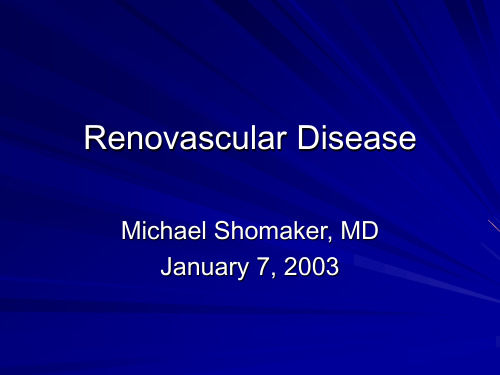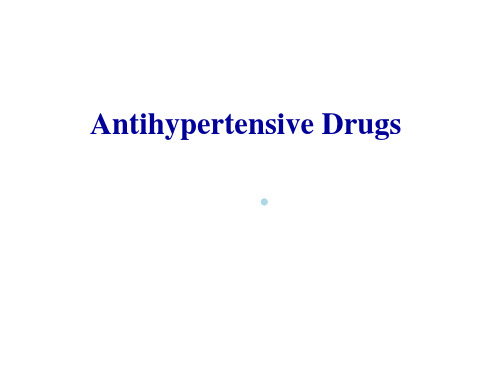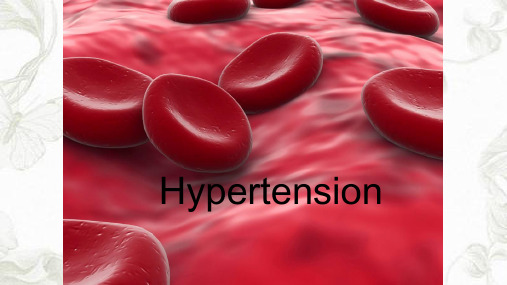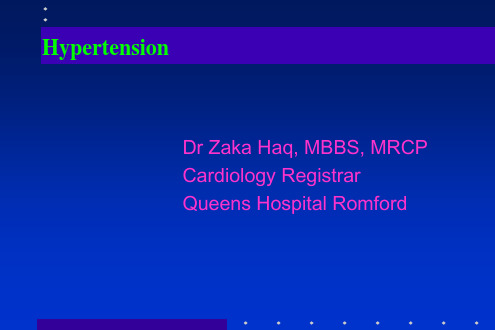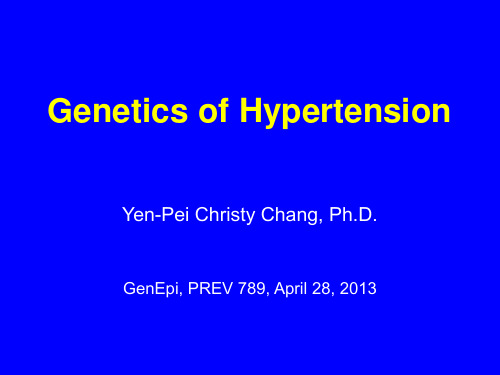Renal Salt Reabsorption Intravascular Volume Volume Delivery to Heart Cardiac Output
Vascular compliance
Systemic Vascular Resistance
Essential Hypertension
PKDH1 Gene in Human and Rat
PKD
Ideal Cross
SS
BN Control
F1 Intercross
Distribution of MAP in Male Rats on High Salt
7
BN
6
5
4
3
2
1
0
SS
P0
5
4 3
F1
2
1
0
25
20
15 10
F2
5
0
1. Characteristics of the clinical picture
No model can match the complete clinical picture,
as no single patient reflects the entire clinical spectrum.
•No region consistently demonstrated significant linkage
•Evidence of linkage found in some regions in multiple studies: 1q, 2p, 3p, 6q, 7q, 12q, 15q, 17q, 18q, 19p
Monica Stoll, Anne E. Kwitek-Black, Allen W. Cowley Jr., Eugenie L. Harris, Stephen B. Harrap, José E. Krieger, Morton P. Printz, Abraham P. Provoost, Jean Sassard, and Howard J. Jacob
